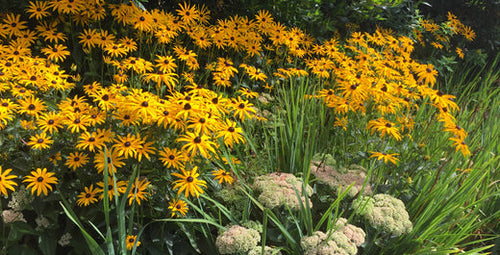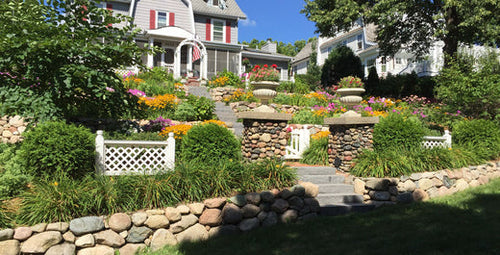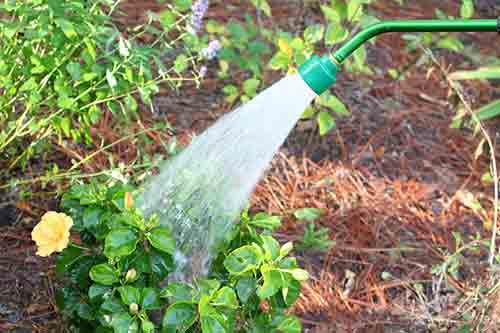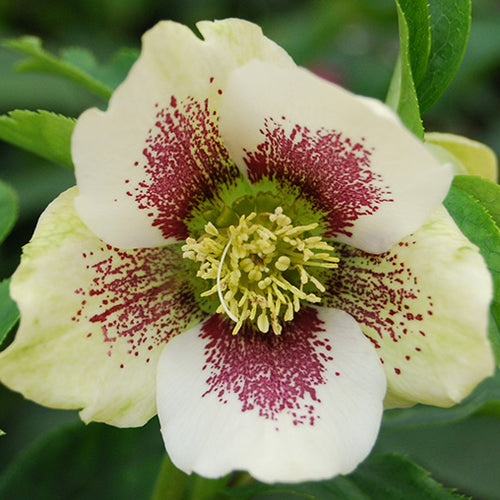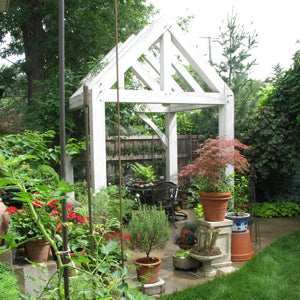 Over the years as a garden writer, I've been asked to name my top-ten list of my favorite perennials. That's a hard one, because I have so many favorites. But I know I would definitely include asters on that list. Not only do these beauties bloom reliably year after year, but they also provide much-needed garden color in the late summer and fall.
Over the years as a garden writer, I've been asked to name my top-ten list of my favorite perennials. That's a hard one, because I have so many favorites. But I know I would definitely include asters on that list. Not only do these beauties bloom reliably year after year, but they also provide much-needed garden color in the late summer and fall.
Asters come in a variety of sizes. Shorter varieties that grow just 12 to 15 inches tall include Believer Purple, Dragon Blue (photo at left), Diamond Blue, and Hazy Pink (middle photo). Their compact form makes them ideal candidates for containers or along the edge of a garden path. Taller varieties of aster, such as Magic Pink, Magic Purple, and Peter lll Blue (bottom photo) grow between 18 and 30 inches tall. Use these statuesque beauties to provide back-up color in your flower garden and as a source of fresh flowers for fall arrangements. Most asters bloom in shades of pink, purple, or blue.
 I also prize asters for their nectar-rich flowers that are prized by pollinating insects. Every year, for example, hordes of hungry migrating Monarch butterflies stop to feast on the asters in my garden. Their bright orange wings fluttering over a bed of purple asters on a crisp fall day is always breathtaking.
I also prize asters for their nectar-rich flowers that are prized by pollinating insects. Every year, for example, hordes of hungry migrating Monarch butterflies stop to feast on the asters in my garden. Their bright orange wings fluttering over a bed of purple asters on a crisp fall day is always breathtaking.
Asters are easy to grow, too. Just plant them in a spot that receives at least 6 hours of direct sunlight a day and water when the soil feels dry to the touch. They are generally available at garden centers in the spring and fall. In the fall, they are sold ready-to-bloom so all you have to do is drop them into a container or garden and watch the magic happen. In the spring, asters are available as young plants you can tuck into your garden and watch them fill out and explode into bloom as the summer wanes.
 Chrysanthemums are ideal companions for asters because they both bloom at the same time and come in a host of complementary colors including orange, yellow, burgundy, peach, and salmon.
Chrysanthemums are ideal companions for asters because they both bloom at the same time and come in a host of complementary colors including orange, yellow, burgundy, peach, and salmon.
Sedums are another great partner for asters. Not only do they offer fall blooms, but they also have thick, fleshy leaves that pair perfectly with the fine foliage of asters.
By Doug Jimerson
Written by Doug Jimerson












